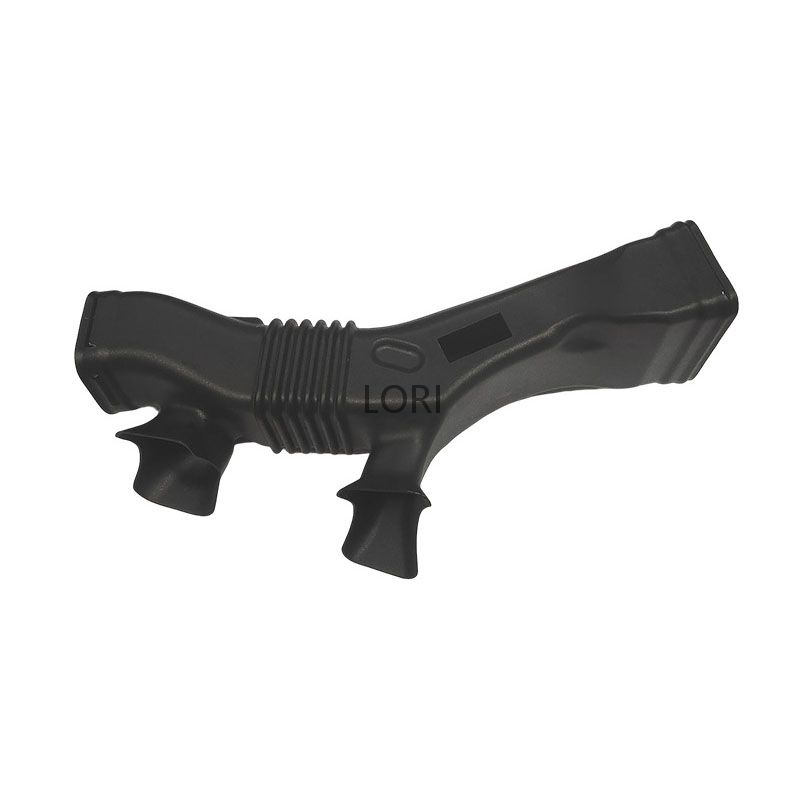BETTER TOUCH BETTER BUSINESS
Contact Sales at Lori.
3D Printing is showing great potential in the automotive repair industry, with one of the most significant applications being the repair of damaged parts by printing missing substrates and using various bonding agents for connections, including headlights. This innovation not only brings considerable economic benefits to repair shops and insurance companies but also has a positive impact on the environment.
3D Printing Technology Innovates the Headlight Repair Industry
Traditionally, when the base tab of a headlight breaks, the entire unit is usually deemed irreparable and must be replaced. This replacement process involves significant costs and logistical challenges, including the manufacturing, storage, and transportation of new parts. The cost of headlights is a key factor driving up repair expenses, which in turn raises vehicle insurance premiums. However, 3D printing can now produce high-quality, OEM-grade replacement tabs that can be welded onto existing headlights to restore functionality and extend their lifespan. This is particularly important in the automotive repair industry, where even minor damage to parts like headlights can lead to high repair costs. By leveraging 3D printing technology, repair shops can procure these replacement parts on-demand, reducing the need to maintain large inventories and significantly shortening repair wait times, which increases operational efficiency and lowers costs for both repair shops and customers. Additionally, 3D printing offers an efficient and cost-effective solution for repairing rare or discontinued parts for specific vehicle models.
Standardization and Testing
An increasing number of automotive repair suppliers use consumer-grade or prototype 3D printers and low-grade materials to produce parts that are then sold as final-use components for the repair industry. A key aspect of this supply chain is the transparency provided by reputable suppliers regarding the materials used, the tests conducted, and the printing technologies employed. OEMs are rapidly adopting 3D printing technology for producing final-use parts, utilizing various industrial-grade machines in their manufacturing processes. For any automotive repair parts supplier, the first step is to use the same machines and technologies to assure the industry that these parts are qualified and safe. By adhering to strict standards and conducting rigorous testing, suppliers can ensure their 3D-printed parts meet or exceed the quality and safety benchmarks set by OEMs, thereby building trust and improving reliability in the repair market.
Environmental Impact
The environmental benefits of 3D printing in headlight repairs are quite substantial. By avoiding the manufacture of new parts, the industry can significantly reduce carbon emissions. The production of new automotive parts involves a substantial amount of energy consumption and greenhouse gas emissions, from raw material extraction and processing to manufacturing and transportation. In contrast, 3D printing requires much less energy. The process uses materials like polypropylene (PP) for additive manufacturing, which can be done locally, thus reducing the need for transportation and storage. Furthermore, 3D printing minimizes material waste, as parts are built layer-by-layer using only the necessary amount of material.
Reducing Waste Sent to Landfills
One of the most significant environmental impacts of 3D printing in the automotive repair industry is its ability to divert waste from landfills. Each repair instead of replacement of a headlight saves approximately seven pounds of materials that would otherwise end up in landfills. Considering the millions of vehicles on the road and the frequency of headlight damage, this substantially reduces the amount of headlight waste going to landfills. Landfills are major pollution sources, emitting harmful gases like methane and causing soil and water contamination. By reducing the amount of waste that eventually ends up in landfills, the automotive repair industry can play a crucial role in mitigating environmental impacts.
Economic Benefits
3D printing technology also offers various economic and operational advantages to the automotive repair industry. The ability to produce replacement parts on-demand can lead to substantial cost savings. Repair shops can reduce their dependence on external suppliers, minimize inventory costs, and avoid delays associated with ordering and transporting new parts. Additionally, the flexibility of 3D printing allows suppliers to produce parts for a range of models and brands. This versatility is especially valuable in an industry where part compatibility can be a significant challenge. The ability for repair shops to print custom parts as needed can improve their service and increase customer satisfaction.
Future Outlook
The potential of 3D printing in the automotive repair industry is not limited to headlight repairs. As technology continues to advance, a broader range of automotive parts may become suitable for 3D printing. This could further enhance the industry's ability to repair rather than replace damaged components, leading to even greater environmental and economic benefits. Moreover, the integration of 3D printing technology into the industry is driving innovations in other areas, such as custom part manufacturing, rapid prototyping, and on-demand production of specialized tools and equipment. The application of 3D printing technology in automotive repair exemplifies how technological advancement can promote both economic and environmental benefits. As this technology continues to evolve and become more widespread, we can look forward to a greener and more cost-effective future for automotive repairs.

Copyright © 2025 Shenzhen Lori Technology Co.Ltd. | All Rights Reserved.